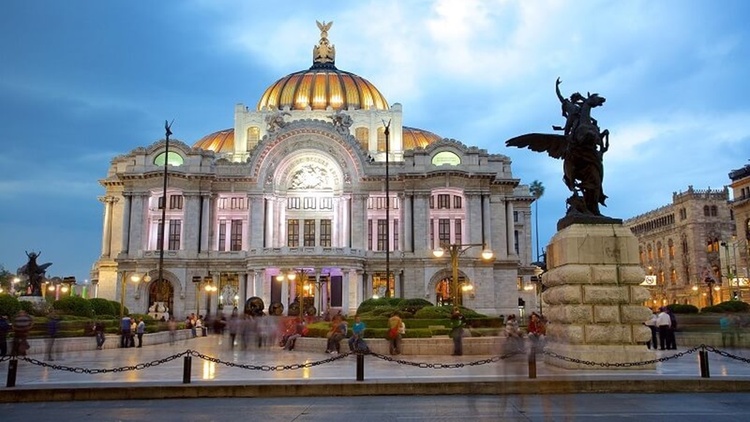
The 8 Best Museums in Latin America
Many of us are passionate about history, the things our ancestors achieved, and human actions over time that have affected the world we live in today. This is what we call, in general terms, culture. The task of recording culture resides primarily in museums, which may specialize in various fields, such as art museums or historical museums. On this occasion, we want to share a list of those that, according to Tripadvisor (a well-known rating network), are currently the most valued museums in Latin America, and that any of us would be lucky enough to be able to visit, even just one of them. :
1. Museo Botero del Banco de la República, Colombia
This art museum is located in the La Candelaria neighborhood, in the center of Bogotá, and is an old house completely remodeled with a great architectural design. Named after the artist Fernando Botero, 85 works correspond to his personal collection of universal art, and the rest, around 123 pieces, were made by the same artist. In their entirety, they constitute one of the most important art collections in Latin America and, in 2000, Fernando Botero donated this collection to the Banco de la República and the city of Bogotá, with the aim of making the works accessible to the entire Colombian population.
2. Instituto Ricardo Brennand, Recife
The Ricardo Brennand Institute is a cultural institution located in the city of Recife, Pernambuco. It is a private, non-profit organization, opened in 2002 by Brazilian collector and businessman Ricardo Brennand. It includes a museum, an art gallery, a library and a large park. The Institute has a permanent collection of historical and artistic objects of various origins, from the early Middle Ages to the 20th century, with a strong emphasis on objects, documents and works of art related to colonial and Dutch Brazil, including the largest set of paintings from the world of author Frans Post. The Institute also houses one of the largest arsenal collections in the world, with 3,000 pieces, most of which were produced in Europe and Asia between the 14th and 19th centuries. The library has more than 62 thousand volumes, ranging from the 16th century to the 20th century.
3. Chilean Museum of Pre-Columbian Art, Chile
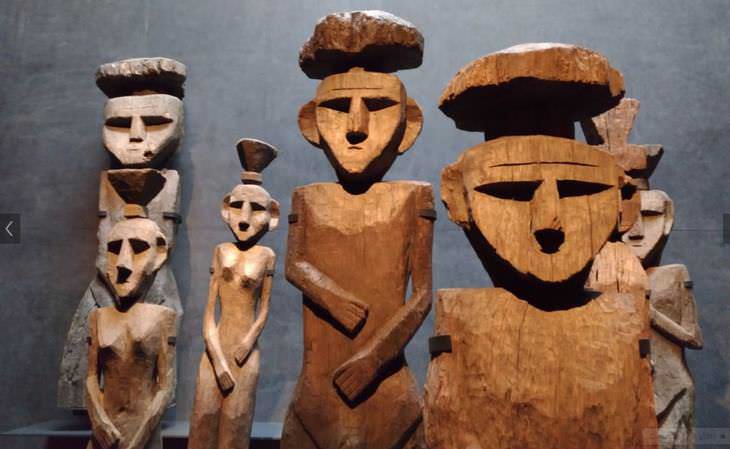
It is a historical art museum dedicated to the study and exhibition of pre-Columbian works of art and artifacts from Central and South America, and is located in the center of the city of Santiago, capital of Chile. The museum was founded by Chilean architect and antiquities collector Sergio Larraín García-Moreno, who was looking for facilities to exhibit and preserve his private collection acquired over almost fifty years. It contains unique works of art that highlight Latin American cultural diversity, with pieces dating back more than three thousand years, highlighting the Chinchorro mummies, the Andean textile collection or Mayan and Aztec works of art.
4. Rafael Larco Herrera Archaeological Museum, Peru
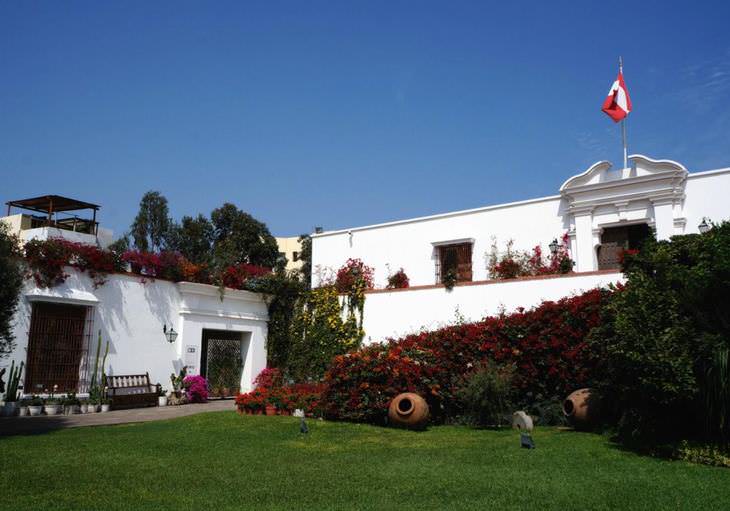
Founded in 1926, this museum showcases 5000 years of developing pre-Columbian Peru history. Surrounded by beautiful gardens, it is located inside a viceregal mansion dating from the 18th century built on a pre-Columbian pyramid from the 7th century. It presents the best and exceptional collection of gold and silver from ancient Peru and the famous collection of erotic art, one of the most visited tourist attractions in the country. The Larco Museum's works of art are exhibited in the most prestigious museums in the world and considered icons of pre-Columbian art throughout the world.
5. National Museum of Anthropology, Mexico
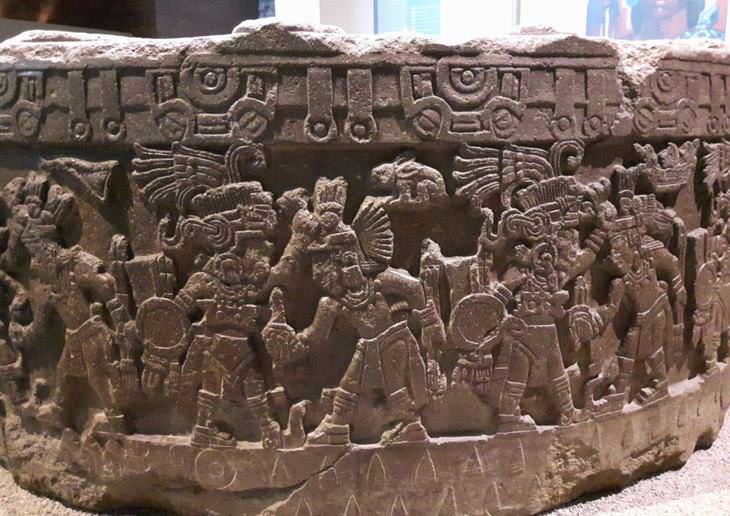
It is the largest and most visited museum in Mexico. Located in the area between Paseo de la Reforma and Mahatma Gandhi Street in Chapultepec Park in Mexico City, the museum contains important archaeological and anthropological artifacts from Mexico's pre-Columbian heritage, such as the Piedra del Sol (or Aztec calendar). , and the Aztec Xochipilli statue. Additionally, the museum's collections include the giant stone heads of the Olmec civilization, found in the jungles of Tabasco and Veracruz. These treasures were recovered from the Mayan civilization in the Sacred Cenote of Chichen Itza, a replica of the tomb lid of Pacal's sarcophagus in Palenque, and ethnological representations of contemporary Mexican rural life. It also has a model of the location and design of the ancient Aztec capital, Tenochtitlan, the site of which is now occupied by the central area of present-day Mexico City.
6. National Museum of Fine Arts, Argentina
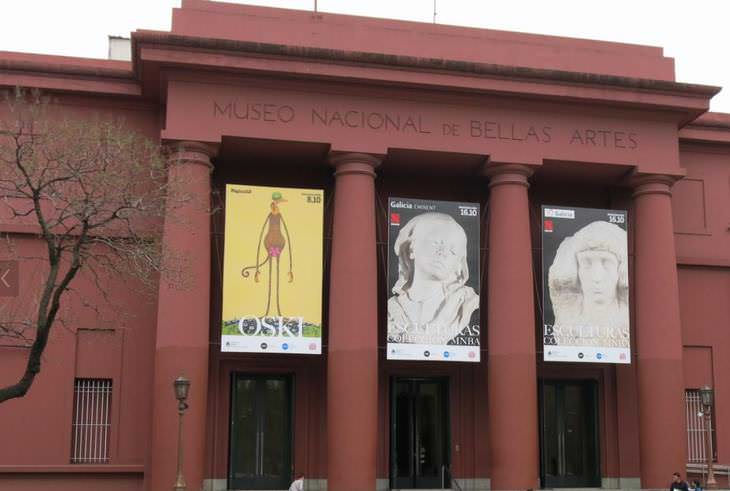
Opened in 1896, it has the greatest artistic heritage in Argentina and is one of the most important in Latin America. The ground floor of the museum houses 24 exhibition rooms housing an excellent international collection of paintings from the Middle Ages to the 20th century, with the history of the museum's art library.
The 8 exhibition rooms on the first floor contain a collection of paintings by some of the most important Argentine painters of the 20th century. The two rooms on the second floor, completed in 1984, have a photography exhibition and two sculpture terraces, as well as most of the institution's administrative and technical departments.
7. Gold Museum, Colombia
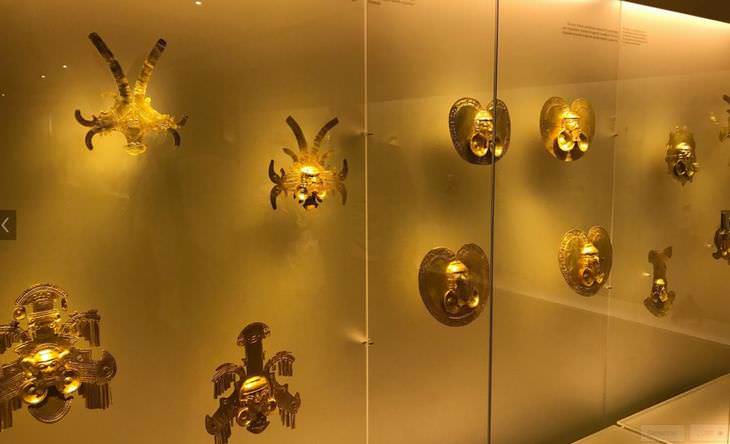
This museum is one of the most visited tourist attractions in the country, with around 500,000 visits per year. The museum displays a selection of pre-Columbian gold and other metal alloys, such as Tumbaga, and contains the largest collection of gold artifacts in the world in its exhibition halls. Along with objects of ceramics, stone, shells, wood and textiles, these indigenous articles testify to the lives and thoughts of the different societies that lived in present-day Colombia before the conquest of America by the Spanish. The museum houses the famous golden ferry Muisca, found in Pasca in 1969, which represents the ceremony of the new zipa (ruler) of Bacatá, the basis of the El Dorado myth.
8. Palace of Fine Arts, Mexico
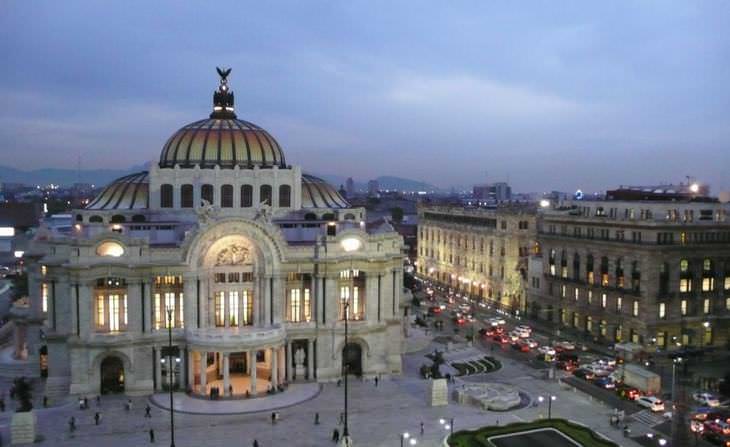
The Museum of the Palace of Fine Arts permanently exhibits 17 works by seven national artists executed between 1928 and 1963, and maintains a program of temporary exhibitions, as well as a large number of activities for all audiences. It hosted some of the most notable music, dance, theater, opera and literature events and held important exhibitions of painting, sculpture and photography. Consequently, the Palace of Fine Arts has been called the "Cathedral of Art in Mexico" and is considered the country's most important center dedicated to all artistic manifestations. The building is located on the west side of Mexico City's historic center, next to Alameda Central Park.
https://www.tudoporemail.com.br/content.aspx?emailid=12565

- July 11, 2025
Works by Six Latin American Artists

- July 11, 2025
IdN Magazine Volume 21, No.4 : Pattern Special

- July 11, 2025
Gallery of Posters by Daniel Warner from USA

- July 11, 2025
YEMEN


- July 10, 2025
IdN Magazine Volume 20, No. 1: Environmental Graphics




- July 10, 2025
The Evolution of Graphic Design from Ty…

- July 10, 2025
How Digital Artists Collaborate with Ar…

- July 09, 2025
The Value of Art in Education

- July 09, 2025
Art as a Reflection of Society

- July 08, 2025
The history of Bolivian art

- July 08, 2025
Protecting Art in the Age of Artificial…

- July 04, 2025
Graphic Design and Creating Iconic Bran…

- July 04, 2025
Photography as a Tool for Telling Histo…

- July 03, 2025
Painting and abstract art: differences …

- July 02, 2025
The Best Software for Digital Art and G…

- July 01, 2025
How Digital Artists Collaborate with Ar…

- July 01, 2025
Reflections of Digital Art in Different…

- June 30, 2025
Crítica de Obras Artísticas Criadas por…

- June 30, 2025
What are Plastic Arts?

- June 30, 2025
Images Against Silence: Artists Who Cha…

- June 29, 2025
History of Art Photography in the 20th …

- June 28, 2025
The 11 types of art and their meanings

- June 28, 2025
Contemporary Art is postmodern art

- June 26, 2025
Graphic Design, Art, and Technology: Wh…

- June 25, 2025
Graphic Design and Modern Content Creat…

- August 29, 2023
The history of Bolivian art

- February 19, 2024
Analysis and meaning of Van Gogh's Star…

- January 28, 2024
Culture and Art in Argentina

- September 25, 2023
What is the importance of art in human …

- September 23, 2023
What is paint?

- August 10, 2023
14 questions and answers about the art …

- August 30, 2023
First artistic manifestations

- August 23, 2023
The 11 types of art and their meanings

- September 23, 2023
History of painting

- January 12, 2024
10 most beautiful statues and sculpture…

- September 23, 2023
Painting characteristics

- August 16, 2023
The 15 greatest painters in art history

- April 06, 2024
History of visual arts in Ecuador

- March 26, 2024
The importance of technology in art1

- January 31, 2024
Examples of Street Art – Urban Art

- March 26, 2024
Cultural identity and its impact on art…

- January 20, 2024
What is the relationship between art an…

- April 07, 2024
Graffiti in Latin American culture

- October 21, 2023
Contemporary art after the Second World…

- August 25, 2024
A Comprehensive Analysis of the Cartoon…

- February 19, 2024
Analysis and meaning of Van Gogh's Star…

- August 13, 2023
9 Latino painters and their great contr…

- August 10, 2023
14 questions and answers about the art …

- August 29, 2023
The history of Bolivian art

- January 28, 2024
Culture and Art in Argentina

- August 23, 2023
The 11 types of art and their meanings

- November 06, 2023
5 Latin American artists and their works

- August 27, 2023
15 main works of Van Gogh

- September 23, 2023
Painting characteristics

- September 23, 2023
What is paint?

- September 25, 2023
What is the importance of art in human …

- December 18, 2023
10 iconic works by Oscar Niemeyer, geni…

- August 30, 2023
First artistic manifestations

- January 20, 2024
What is the relationship between art an…

- March 26, 2024
Cultural identity and its impact on art…

- January 12, 2024
10 most beautiful statues and sculpture…

- October 30, 2023
Characteristics of Contemporary Art

- August 22, 2023
What are Plastic Arts?

- April 16, 2024
The most important painters of Latin Am…

- August 24, 2023


